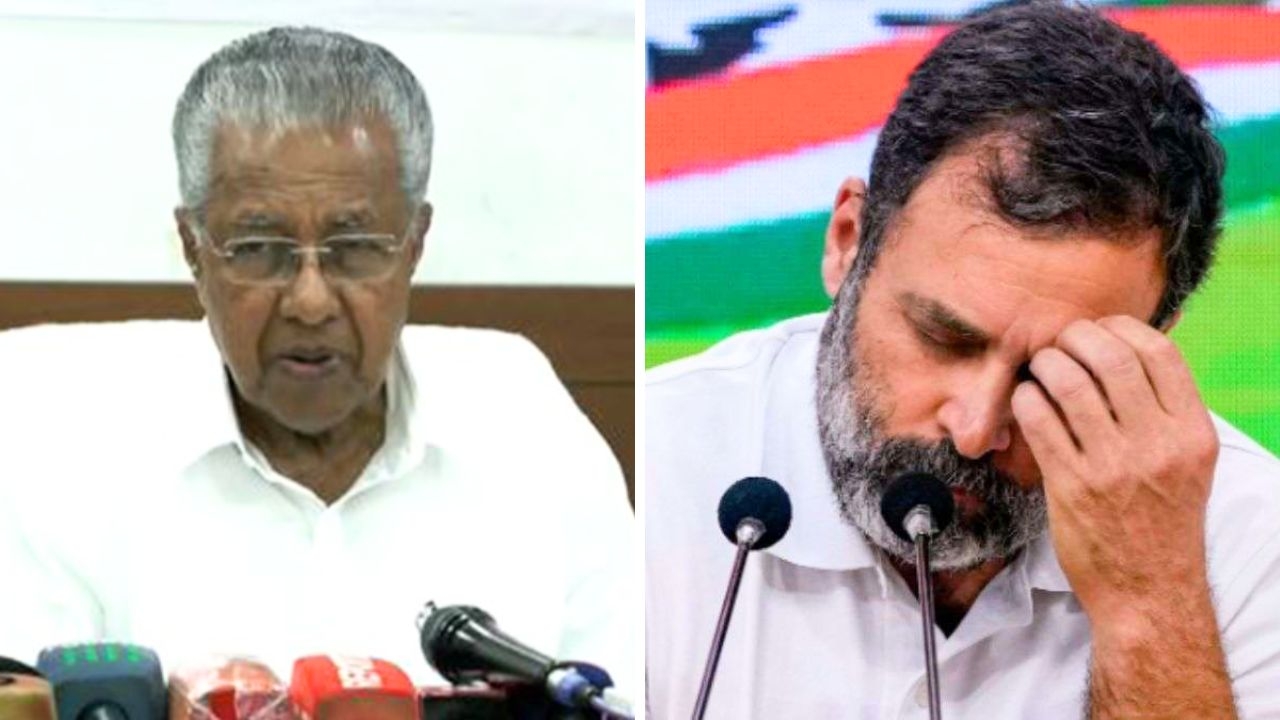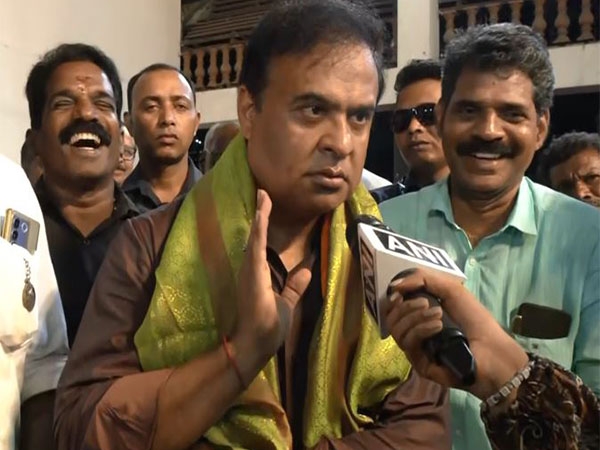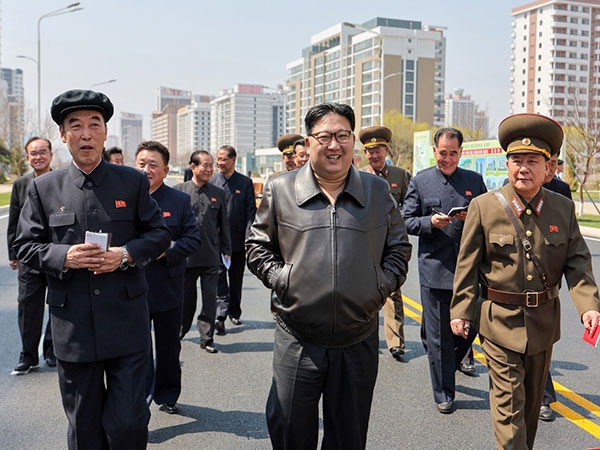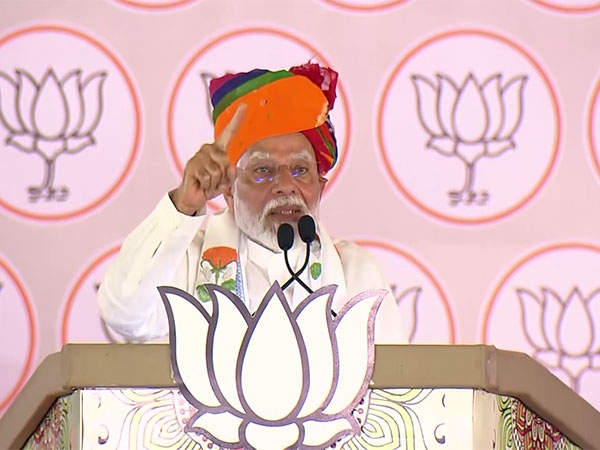Gulberg verdict: victims call it a travesty of justice
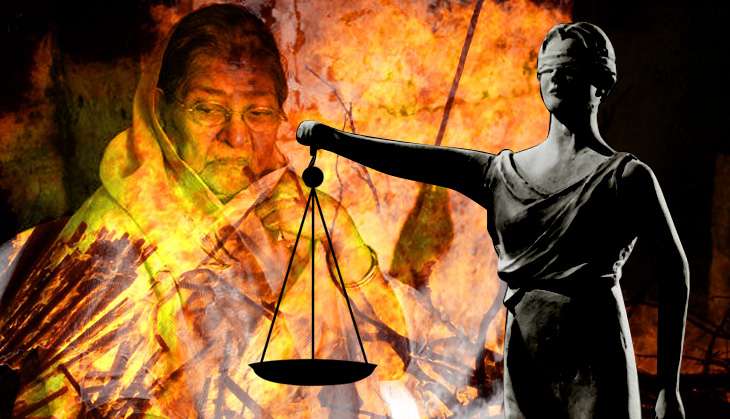
- Special trial court judge PB Desai delivered his verdict and quantum of punishment in the Gulberg Society massacre case
- The judge handed life imprisonment to 11 convicts, seven years to 12 convicts and 10 years to one convict
- The survivors of the massacre are angry with the judgement
- They were expecting a strong judgement, like in the Naroda Patiya case, but didn\'t get it
- How life has been a nightmare for the survivors
- Why the victims are annoyed that the judge has blamed Ehsan Jafri for the massacre
A joke on the 2002 Gujarat pogrom victims - that's how the verdict on the Gulberg Society massacre is being described on the streets of Ahmedabad.
The victims are questioning the message that a lay person would get from the judgement of the special trial court. Does the court mean to say that 24 people managed to kill 69 people while hundreds of others were just cheerleaders?
Also read- Gulberg verdict: dejected victim says VHP men were 'handpicked out' of the trial
The court had, on Friday, sentenced 11 convicts to life imprisonment, 12 to seven years and another to 10 years in jail, in one of the worst cases of violence that had followed the burning of 59 Karsevaks on board the Sabarmati Express in Godhra in 2002.
A mob of around 400 people had scaled the boundary wall of the Gulberg Housing Society in the Chamanpura area of Ahmedabad, and indulged in large-scale violence, before torching the 19 tenements and eight flats in which Muslim families were trapped. Of the 69 people who died, there were several women and children, along with former Congress MP Ehsan Jafri.
Travesty of justice
The victims today feel cheated, and are seething with anger as they observe another roza in the holy month of Ramzan.
"We were expecting an exemplary judgement, but what we have got is a complete travesty. We thought that the court would send across a strong message for generations to come, like it had in the case of the Naroda Patiya massacre, where it had convicted former minister Maya Kodnani along with others. But here the message is that you just get a few years in jail for killing innocents in the most ghastly manner," says Imtiaz Khan, a prime witness in the case.
Imtiaz symbolises the agony of what the victims have gone through over the last 14 years. He had identified 23 accused, several of whom have been let off. He is angry that the people whom he had seen carrying murderous assaults have just got seven years behind bars, and that too, for rioting and not murder.
He, like the others, has continued to fight for survival in the Muslim ghettos of Ahmedabad while hoping for justice. "I had to change 17 rental houses over the last 14 years, till I finally came to live in the house of my late mother-in-law in Gomtipur. The landlords always increased rent every few months. They were always scared since we had security personnel protecting us and nobody wants security personnel in their premises round the clock. All of us have had to look for fresh regular employment after having lost our near and dear ones. It has been a miserable life," he says.
The victims are annoyed the court has taken the line that the attack by the mob was a result of provocation by Jafri, who had resorted to firing.
Also read- Gulberg society verdict: Ehsan Jafri caused massacre, rules judge
They point to the oft-repeated sequence of events - how Jafri had fired as a last resort when all his attempts and requests for protection for his family and his neighbours had gone unheard. The question being asked is, "Do they not know that Jafri fired from his licenced gun when all hope was lost? Isn't it the most cruel way of putting things?"
Of hostile witnesses and the fear factor
During a stint in Gujarat, this reporter frequently interacted with the victims of the massacre. They had related time and again how the Jafri home was seen as the last hope by them and how women and children had gone over to the house seeking refuge in the hope that at least his house would be spared.
Unfortunately, many of these people did not figure as witnesses during the proceedings. There was Mobina Rangwala, who was running a tuition class when the assault started. There was Aslam Mansuri, who had turned hostile. The victims say that it is the fear factor that's responsible for all this.
Aslam's father, Qasim Mansuri, who is in his late seventies, is the only person who resides in the Gulberg Society today. Economic compulsions have made him return, since his small kiosk of repairing bicycles and ginning is right outside the society, which still reeks of death.
The last time this reporter met Aslam was in 2007. It had always been a difficult task to meet the victims and survivors.
The Mansuri family had lost 12 people in the massacre, including five children.
"I still have sleepless nights. How many deaths can I forget? I would have forgotten if one or two had died, but here, the whole family was ruined," is what Aslam had said.
Common intention
Another aspect of the judgement being questioned by people is related to Section 34 of the Indian Penal Code, which deals with acts done by several persons in furtherance of common intention.
This has been debunked by the court, but the victims continue to ask - "was it not the common intention of the mob to assault the Muslim residents?"
After all, the mob went from one house to the other, torching them and killing people.
Of the 66 accused in the case, more than 50% have been let off, while six have died during the course of the trial.
People continue to ask why such a lenient view was taken by the court, both on the attackers as well as the police. "The policemen did nothing to save us. These same policemen had later returned to transfer us to a relief camp in Daria Khan Gumbad under their custody. Isn't it an irony?" asks Imtiaz.
Can't sell property to make ends meet
The victims wanted to sell off their houses to make ends meet, but they weren't able to do so.
To begin with, builders always offered them a price that was far less than the prevailing market price, even during a real estate boom.
Then, there was a move by NGOs and social activists involved to convert it into a museum of resistance, which was later shelved.
The most important factor here is that the area where Gulberg Society is located is covered under the Disturbed Areas Act of 1991, which does not allow the sale of property owned by a person of one community to a buyer from another community.
The act was put in place to check ghettoisation, but it assumed a different parlance in Ahmedabad and Vadodara, as it resulted in a mass illegal transfer of properties.
Then, in 2010, the Gujarat government went in for an amendment, empowering the district collectors to hold inquiry suo motu,or on an application from any person, in cases where the possession of immovable property is in contravention of the relevant provisions of the Act.
Ever since then, getting permission for the sale of properties in contravention to the Act has become extremely difficult.
Eyes on the Gujarat High Court
Not satisfied with this judgement, the victims are now looking towards the Gujarat High Court. There are endless tales of horror that these victims have buried inside them.
The worst, perhaps, is that of the Parsi couple Rupa and Dara Mody, whose son Azhar had gone missing on that day. The family refuses to accept that the boy was killed, and still awaits his return. Theirs was the only Parsi household in that Muslim society.
Also read- Ehsan Jafri called Modi for help, I heard Modi abuse him: Gulberg survivor
The survivors of the massacre say that the boy was hacked to death as he tried desperately to climb the stairs of the Jafri household, but the parents continue to believe that the boy is alive, since his body was never found.
For the victims, justice seems to be reflected in the Modys' story. It has continued to evade them.
First published: 18 June 2016, 4:58 IST

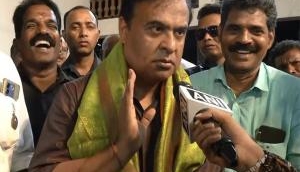
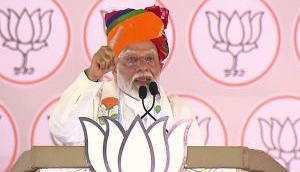
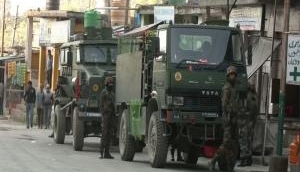
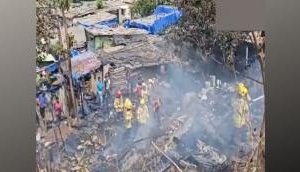
![BJP's Kapil Mishra recreates Shankar Mahadevan’s ‘Breathless’ song to highlight Delhi pollution [WATCH] BJP's Kapil Mishra recreates Shankar Mahadevan’s ‘Breathless’ song to highlight Delhi pollution [WATCH]](http://images.catchnews.com/upload/2022/11/03/kapil-mishra_240884_300x172.png)

![Anupam Kher shares pictures of his toned body on 67th birthday [MUST SEE] Anupam Kher shares pictures of his toned body on 67th birthday [MUST SEE]](http://images.catchnews.com/upload/2022/03/07/Anupam_kher_231145_300x172.jpg)


